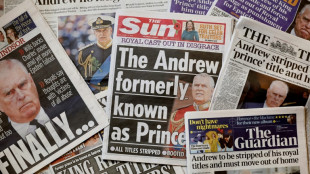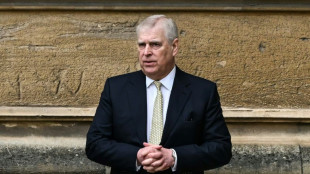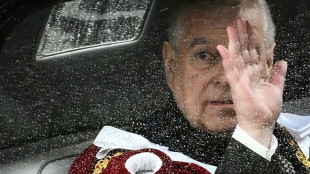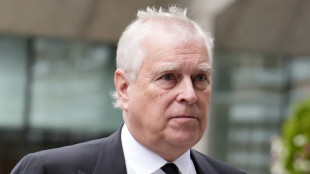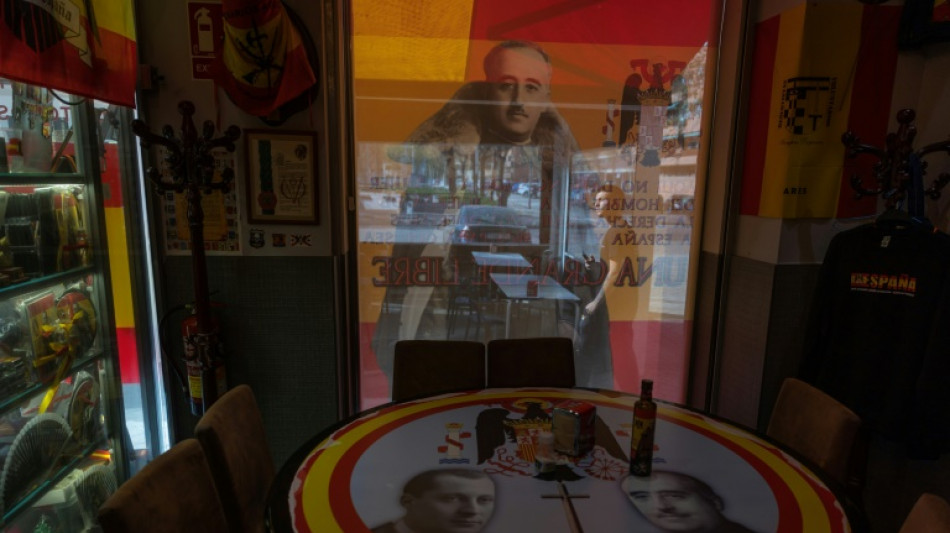
-
 Tens of thousands of Serbians mark first anniversary of deadly train station collapse
Tens of thousands of Serbians mark first anniversary of deadly train station collapse
-
Tanzania president wins 98% in election as opposition says hundreds killed

-
 Vieira 'no longer' manager of troubled Genoa: club
Vieira 'no longer' manager of troubled Genoa: club
-
Tanzania president wins 98% of votes after violence-marred polls

-
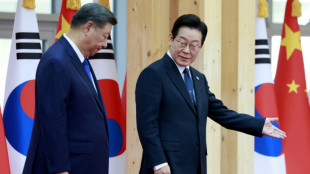 South Korea hosts Xi as Chinese leader rekindles fraught ties
South Korea hosts Xi as Chinese leader rekindles fraught ties
-
England's batting exposed as New Zealand seal ODI series sweep

-
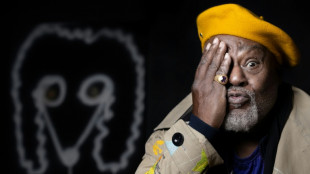 Funk legend turned painter George Clinton opens show in Paris
Funk legend turned painter George Clinton opens show in Paris
-
Traditional mass wedding held in Nigeria to ensure prosperity

-
 Canada PM says Xi talks 'turning point', apologises to Trump
Canada PM says Xi talks 'turning point', apologises to Trump
-
Iranian tech prodigies battle it out with robots
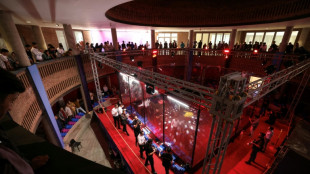
-
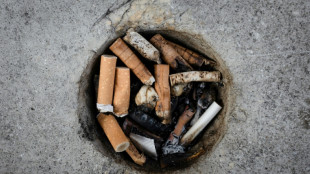 Maldives begins 'generational ban' on smoking
Maldives begins 'generational ban' on smoking
-
Explorers seek ancient Antarctica ice in climate change study
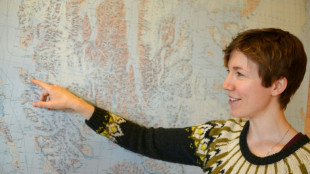
-
 India's Iyer discharged from hospital after lacerated spleen
India's Iyer discharged from hospital after lacerated spleen
-
Serbia marks first anniversary of deadly train station collapse
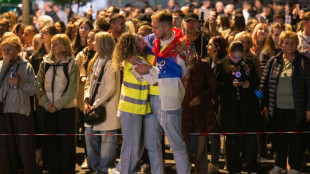
-
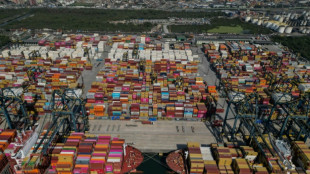 Latin America weathered Trump tariffs better than feared: regional bank chief
Latin America weathered Trump tariffs better than feared: regional bank chief
-
Bangladesh dockers strike over foreign takeover of key port
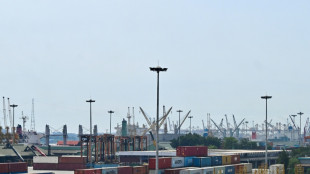
-
 Tanzania president wins election landslide after deadly protests
Tanzania president wins election landslide after deadly protests
-
Sixers suffer first loss, Bulls stay perfect as NBA Cup opens

-
 Dodgers, Blue Jays gear up for winner-take-all World Series game seven
Dodgers, Blue Jays gear up for winner-take-all World Series game seven
-
Taiwan's new opposition leader against defence spending hike

-
 China to exempt some Nexperia chips from export ban
China to exempt some Nexperia chips from export ban
-
Dodgers hold off Blue Jays 3-1 to force World Series game seven

-
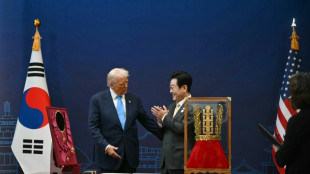 Crowns, beauty, fried chicken: Korean culture meets diplomacy at APEC
Crowns, beauty, fried chicken: Korean culture meets diplomacy at APEC
-
Panama wins canal expansion arbitration against Spanish company
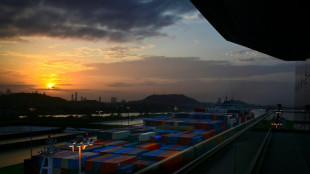
-
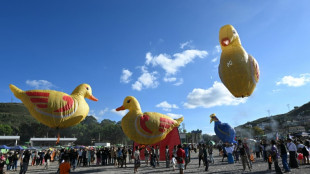 Myanmar fireworks festival goers shun politics for tradition
Myanmar fireworks festival goers shun politics for tradition
-
China to exempt some Nexperia orders from export ban
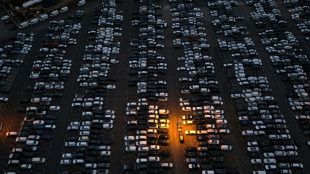
-
 Sixers suffer first loss as NBA Cup begins
Sixers suffer first loss as NBA Cup begins
-
China's Xi to meet South Korean leader, capping APEC summit
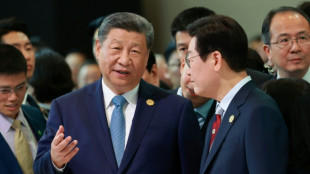
-
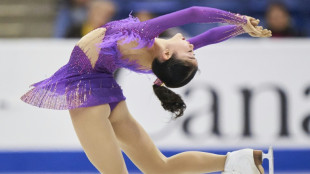 Japan's Chiba leads after Skate Canada short program
Japan's Chiba leads after Skate Canada short program
-
Finland's crackdown on undocumented migrants sparks fear
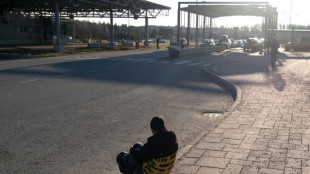
-
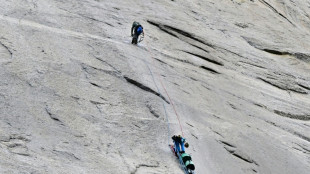 Climbers test limits at Yosemite, short-staffed by US shutdown
Climbers test limits at Yosemite, short-staffed by US shutdown
-
Gstaad gives O'Brien record 21st Breeders' Cup win
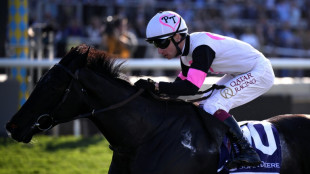
-
 After the tears, anger on Rio's blood-stained streets
After the tears, anger on Rio's blood-stained streets
-
Sinner boosts number one bid in Paris, to face Zverev in semis

-
 Springer back in Toronto lineup as Blue Jays try to close out Dodgers
Springer back in Toronto lineup as Blue Jays try to close out Dodgers
-
Nationals make Butera MLB's youngest manager since 1972

-
 Guirassy lifts Dortmund past Augsburg ahead of Man City clash
Guirassy lifts Dortmund past Augsburg ahead of Man City clash
-
G7 says it's 'serious' about confronting China's critical mineral dominance
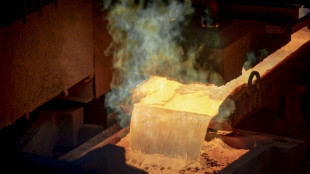
-
 NFL fines Ravens $100,000 over Jackson injury status report
NFL fines Ravens $100,000 over Jackson injury status report
-
NBA refs to start using headsets on Saturday

-
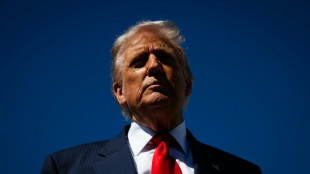 Trump says Christians in Nigeria face 'existential threat'
Trump says Christians in Nigeria face 'existential threat'
-
French-Turkish actor Tcheky Karyo dies at 72
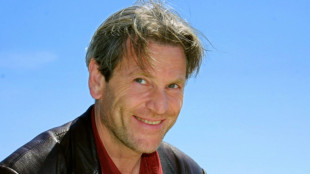
-
 Food stamps, the bulwark against hunger for over 40 mn Americans
Food stamps, the bulwark against hunger for over 40 mn Americans
-
Trump keeps world guessing with shock nuclear test order
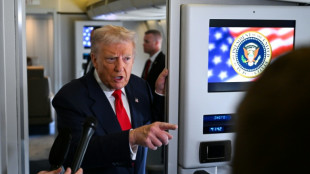
-
 Wall Street stocks rebound on Amazon, Apple earnings
Wall Street stocks rebound on Amazon, Apple earnings
-
US Fed official backed rate pause because inflation 'too high'
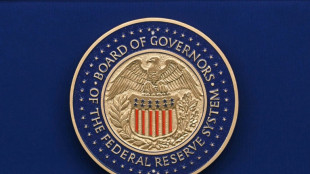
-
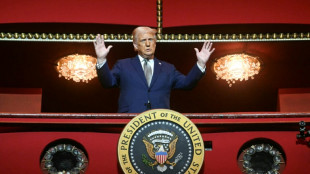 Prayers and anthems: welcome to the Trump-era Kennedy Center
Prayers and anthems: welcome to the Trump-era Kennedy Center
-
Swiss central bank profits boosted by gold price surge
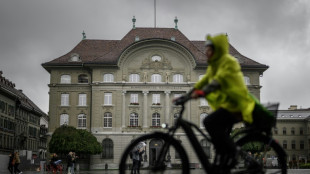
-
 Sinner beats Shelton to boost number one bid in Paris
Sinner beats Shelton to boost number one bid in Paris
-
French court jails Bulgarians for up to four years for Holocaust memorial defacement
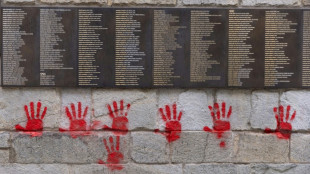

Franco symbols mark Spanish streets 50 years after dictator's death
Fifty years after the death of General Francisco Franco, thousands of monuments, plaques and street names honouring the dictator remain in place across Spain -- a legacy some believe has lingered far too long.
From imposing neoclassical arches to quiet plazas named after regime loyalists, remnants of Franco's nearly four-decade rule are still etched into the public landscape.
Even some bars and restaurants still display his image, celebrating the man whose regime executed, imprisoned and silenced dissenters during Spain's 1936-1939 civil war and the dictatorship that followed until his death in 1975.
"There are more than 6,000 of these symbols still standing," said Eduardo Espana, co-founder of the website Deberia Desaparecer ("It Should Disappear"), created in 2022 to track what he calls illegal vestiges of the dictatorship.
"It's incomprehensible that a democratic country would preserve such monuments," he added, calling the figure "staggering".
Standing near Madrid's 50-metre (164-foot) tall Victory Arch, built in the 1950s to celebrate the victory of Franco's fascist-backed nationalists in the civil war, Espana points to what he sees as an unresolved trauma.
"This isn't just a piece of architecture. It's a monument to repression," the 34-year-old said.
The arch, located in a busy roundabout, is one of the most prominent symbols of the Franco regime still standing, along with the grandiose Valley of the Fallen, a vast underground basilica and mass burial complex for Franco's supporters killed in combat.
- Franco's remains relocated -
After Franco's death, Spain underwent a transition to democracy.
But a sweeping amnesty law passed by parliament in 1977 shielded both former regime officials and anti-Franco activists from prosecution.
Many symbols of the dictatorship remained untouched.
Efforts to reckon with the past have gained traction in recent decades.
In 2007, then-Socialist Prime Minister Jose Luis Rodriguez Zapatero introduced the "Historical Memory Law", requiring public institutions to remove Francoist iconography from public spaces.
That momentum gathered pace in 2018 when Prime Minister Pedro Sanchez, also a Socialist, took office.
The following year, his government exhumed Franco's remains from the Valley of the Fallen and relocated them to a more discreet family vault to prevent his tomb from becoming a shrine for far-right supporters.
In 2022, a new "Democratic Memory Law" was introduced, to honour victims of the dictatorship and pressure local governments to eliminate regime symbols.
Across Spain, change began to take hold.
In the northwestern region of Galicia and the Canary Islands, crosses honouring Francoist soldiers have been removed.
Under pressure from public prosecutors, the northern city of Santander renamed 18 streets tied to the regime.
And in the southern city of Malaga, an inventory of Francoist symbols is underway.
- 'Think for themselves' -
Not everyone agrees with this removal campaign.
Among the best-known dissenters is Chen Xianwei, a Chinese immigrant who runs a bar in central Madrid named "Una, grande y libre" or "One, great and free" -- Franco's motto for Spain.
"Governments shouldn't tell people what to think," said Chen, who moved to Spain in 1999.
His establishment, filled with busts, flags and posters glorifying the dictator, stands as a controversial tribute to the past.
The law is "manipulating history", Chen said. "People can think for themselves."
Some historians, too, are uneasy with the push to erase symbols. They argue for a more nuanced, educational approach.
"Covering up the remains of a painful past isn't the best way to process or understand it," said Daniel Rico, an art history professor at the Autonomous University of Barcelona and author of "Who's Afraid of Francisco Franco?"
"Removing monuments as if we were children afraid of a coat of arms seems authoritarian," he said.
Rico advocates contextualisation over erasure -- installing plaques that explain the history rather than scrubbing it from public view, for example.
Espana disagrees, arguing that these symbols cause ongoing harm.
"History should be taught in schools" and not in public spaces, he said.
"If we stop teaching, that's when the memory of these events disappears."
J.AbuHassan--SF-PST

